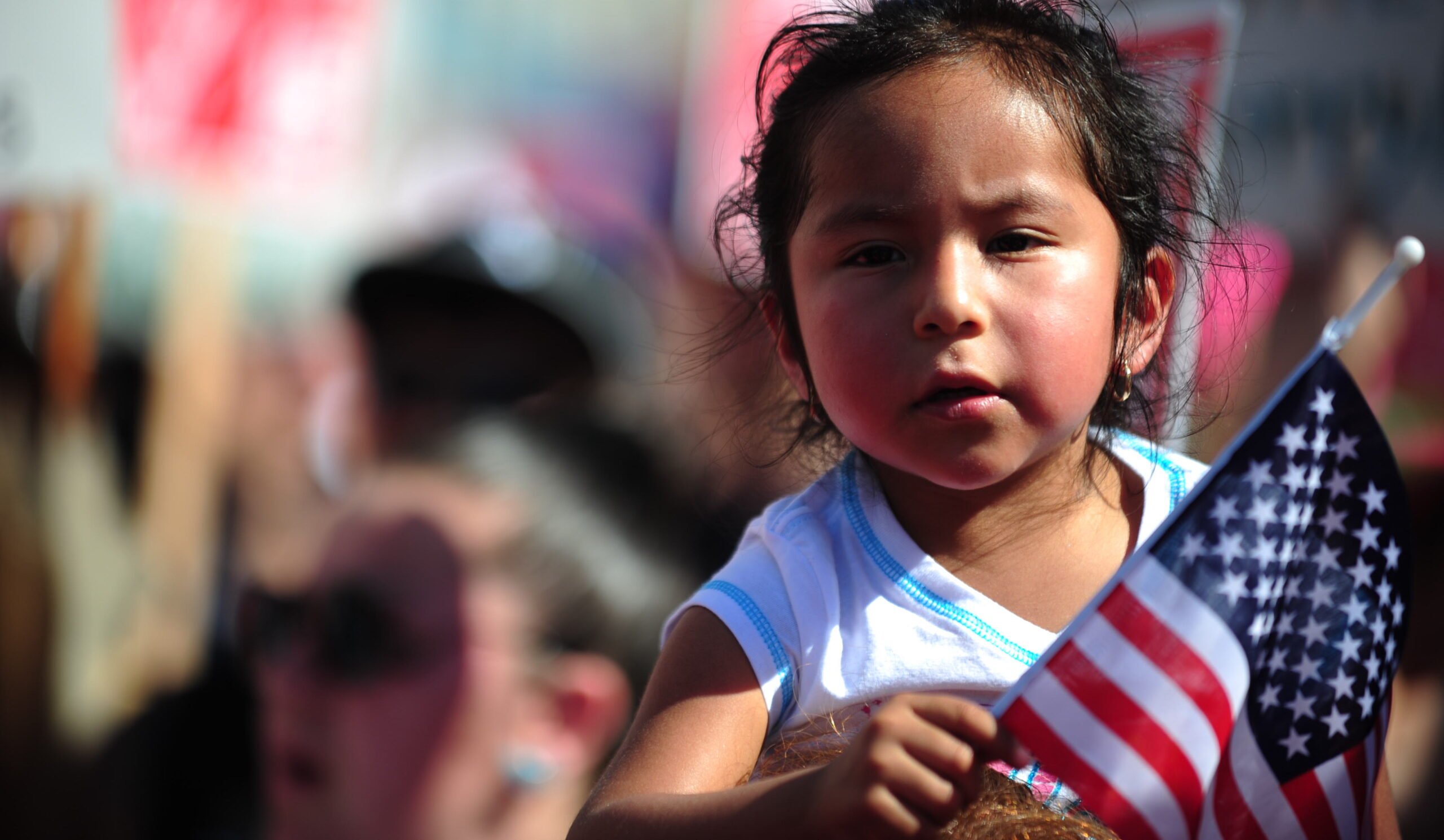ustxtxb_obs_2003_11_21_50_00024-00000_000.pdf
Page 16
Bapsi Sidhwa BOOKS E THE CULTURE Dwindling into Symbols BY RACHEL PROCTOR MAY IF1 fifteen years after its publication, Cracking India, by Bapsi Sidhwa, is still on the bestseller lists in India. The basis for the 1999 film Earth by director Deepa Mehta, the novel features an 8-year-old girl named Lenny, who watches as her community is torn apart by the partition of Britain’s South Asian colonies into India and Pakistan. “It is sudden;’ writes Sidhwa. “One day everybody is themselvesand the next day they are Hindu, Muslim, Sikh, Christian. People shrink, dwindling into symbols:’ In the years since Cracking India was published, a right-wing Hindu government has risen to power in India by exploiting the divisions that were unleashed during the partition, an event that killed half a million and displaced hundreds of thousands more. The cycles of violence continue to this day: Last August twin car bombs set off in Bombay were said to be retribution for riots that killed 2,000 people in 2002most of them Muslimin the state of Gujarat. In turn those riots were said to be retribution for an attack on a train that killed Hindus. But Sidhwa, who was born in Pakistan and now lives in Houston, reminds us that there was a time when people saw themselves more as neighbors than as battling communities. Currently working on a collection of short stories, Sidhwa recently visited Austin for a reading and showing of Earth at the University of Texas. She later spoke with the Observer. Excerpts follow: Texas Observer: What was it like, allowing your novel to be made into a film? Bapsi Sidhwa: When Deepa [Mehta] phoned me to say she wanted to make this into a film, I got very excited. This book has a very strong child’s voice, and I was imagining that as scenes were going on, the voice-over would be there, saying “Things loved to crawl beneath Ayah’s sari. Glow worms. Icecandy-man’s toes;’ and so on. When I told this to Deepa, she said she was very uncomfortable with voice-overs. She said, “Bapsi, what I’ll do is hold the camera at such an angle that everything would be seen from the child’s perspective, and Lenny will be in every scene because I love Lenny too.” Deepa seemed to understand the importance of a Parsee child, a child that’s not Hindu or Muslim or Sikh; that this child could bring dispassion and fairness. As Deepa was writing, she would fax the screenplay to me and we would work on it together. In the beginning I would make a few suggestions about the script, but very soon I backed off. Deepa was carving her cinematic vision out of my book. It was as though my book was a huge, big stone and she was carving her vision out of it. In the beginning the screen play was quite large, and then slowly, slowly it got whittled down. And then I got nervous. I said, “Oh my God, it’s like a skeleton!” But…that is what happens to books. Because the camera fleshes out so many things, everything doesn’t need to be said. The child’s voice is a particular voice, and she has a very peculiar angle on looking at things. That cannot be conveyed in the film. The irony of what she’s thinking and what is happening. How she misreads situations. Those are things that get lost. The movie has its own integrity. I see it as part of the story of my book, but also as itself. It stands alone. And I think it’s a beautiful movie. I was a little disappointed that a lot of the funny Parsee characters couldn’t be included, but it was impossible. It was going to be shown in the West, so we had to deal with all these different religious groups. If on top of it there was too much about the Parsees it would have been very confusing. And then the end of the book is different from the ending of the film. There’s much more hope in the book. I thought this would weigh the film as very anti-Muslim. Because the last scene [of the film] is this mob of Muslims carrying [one of the characters] away. But Deepa was conscious of it when I mentioned it to her, and she was very careful to alternate one violent scene with the Muslims with one violent scene of the Sikhs and Hindus. TO: Were the message of the film and the book the same? BS: It is a human tragedy, which both the film and the book convey. People are leading these ordinary lives, but when order breaks apart and anarchy prevails, human nature changes. Greed comes to the forefront. Lust comes to the forefront. Barriers disappear. It happens in all societies. And this book, and the movie, shows this. You have a group of friends who suddenly found this moment when they could exploit Ayah, loot their neighbors, occupy somebody’s house. So they took 24 THE TEXAS OBSERVER 11/21/03


